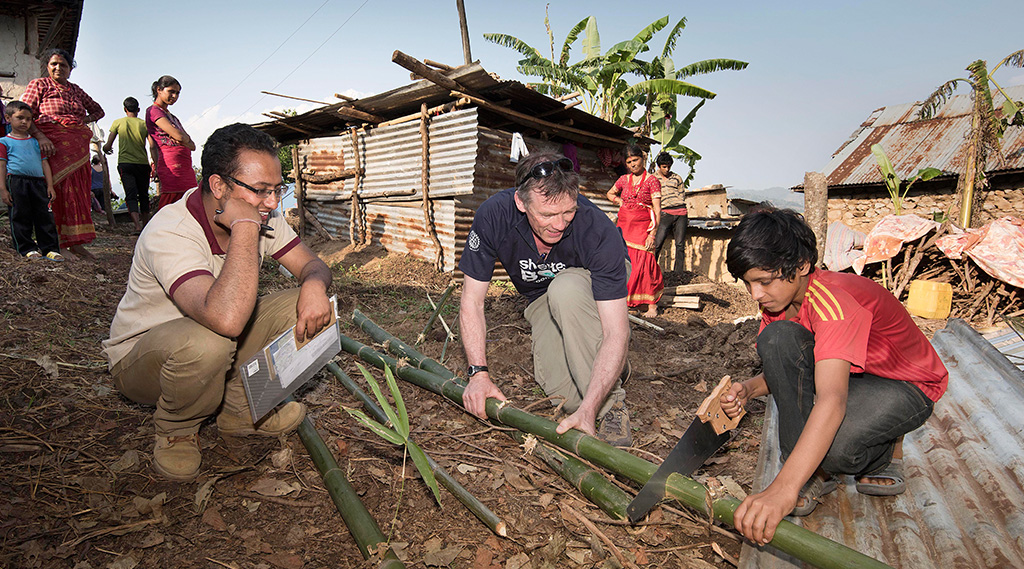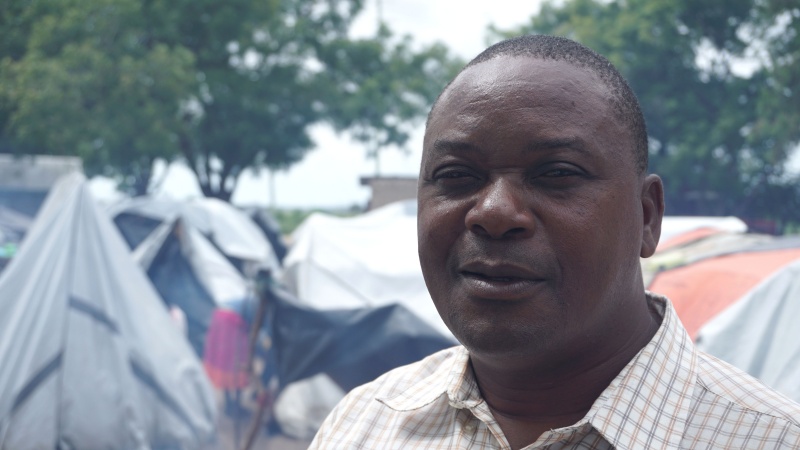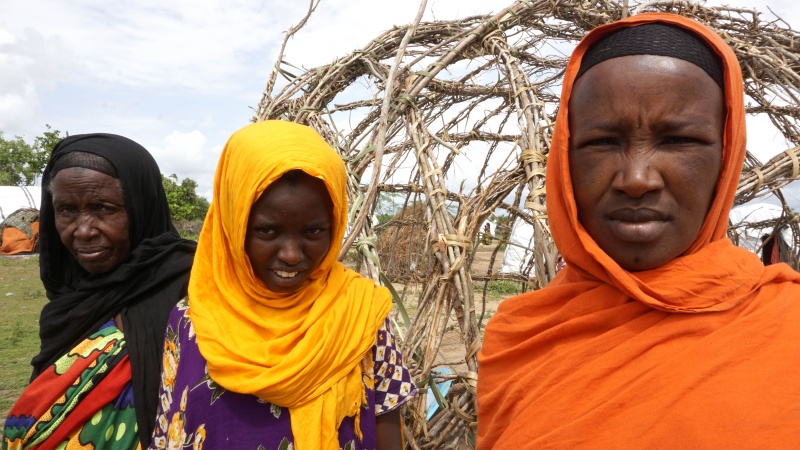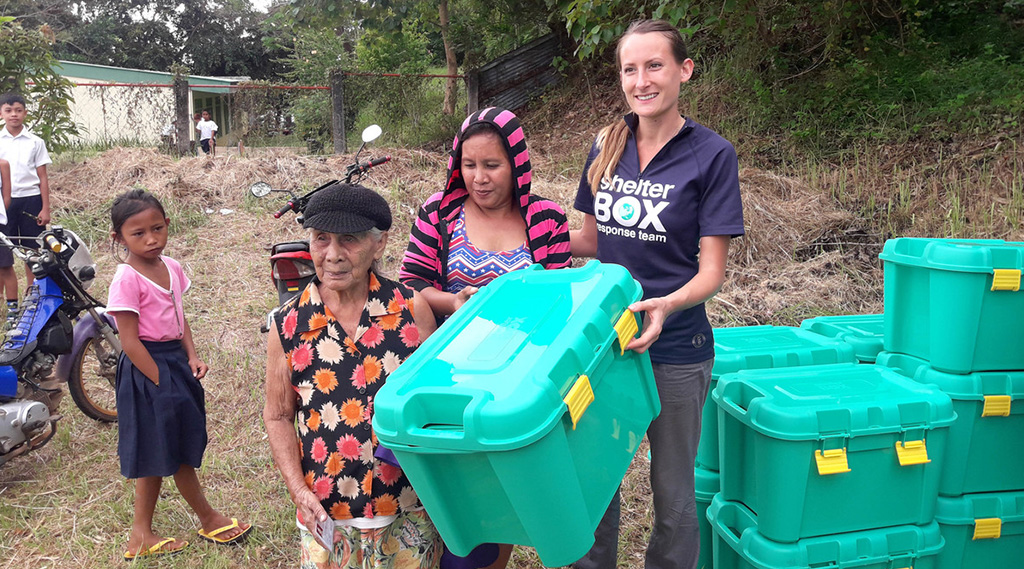
HOMES AND LIVES WASHED AWAY
More than 290,000 people have been forced to leave their homes across Kenya after heavy rains and floodings washed away whole villages last March.
The devastating flooding was caused by intense downpours in the highlands, swelling the rivers as they made their way towards the sea and bursting the banks.
Farmland was covered in a layer of silt. Goats and hens drowned and grazing pasture is now under water. Lives and livelihoods have been hit hard.
We’ve worked with local organizations and Rotary groups to provide emergency shelter to help families start rebuilding their lives.
We supported 2,000 families in Kenya with vital aid, but we’re determined to help as many families as we can, in Kenya and around the world. Will you help?
[InlineButton link=”http://www.shelterboxcanada.org/donate/now/” title=”Support Our Work”]
On the Ground
Our teams have visited two different counties to understand the problems that families are facing right now.
Families that used to live in Malimo village were forced to leave their homes when the floodwater swept through.
The village now shows only a few remnants of habitation – a roof with no walls, a couple of piles of sticks – but no sign of the 104 family homes that were once here.
The community is now sheltered under tarpaulins in Kakuyuni camp, about four kilometers away.
LIFE AT THE KAKUYUNI CAMP

Many families now live in Kakuyuni camp, where makeshift shelters dot the horizon as far as the eye can see.
This was once a spacious compound housing the offices of the senior chief of the area, Naphtal Bimo Fondo.
He still occupies his office in the camp, working hard to coordinate deliveries of food and water. Chief Naphtal is unsure about the possibility of his people returning home anytime soon.
That place is very dangerous. They can go back to farm the land because it is very fertile for farming. But if it rains upcountry the river will flood again.
LIFE AT A TANA RIVER CAMP
One of the Tana River camps that our team visited, shelters communities that once lived in the Ondana and Ongonyo villages. These are now only accessible by boat – even the road to get here is partially flooded.
In the middle of the temporary camp goats and cattle are corralled by walls of acacia thorns.
Surrounding the animals are dome-like structures of branches, covered in tarpaulins and brightly coloured pieces of cloth. These shelters are built by the women, or in many cases girls.
Watch Richard’s video to hear the latest from Kenya.
Missing Home

Three months on from the first flash flood in March, families are still unable to return home. It could be months before they are able to return safely to their land.
No one in these camps had ever witnessed flooding of this scale before. Their villages are in a river delta, so these communities are used to localized flooding in the rainy season.
It creates the lush grassland that these farmers rely on. But when the river burst its banks last March, all that land was deluged.
Now they are waiting to see when – or if – the waters will recede. Our team in Kenya are working hard with the Kenyan Red Cross, to see how we can help families who have lost everything.



